YashaHime: Princess Half-Demon epitomizes what I dislike most about IP-driven entertainment. It’s a manga adaptation of an anime sequel to a popular series, made with little involvement from the original author. Though the scriptwriters have created new characters and plot lines for the sequel, YashaHime feels more like the product of a focus group than an organic continuation of the story.
Like InuYasha, YashaHime begins in present-day Tokyo, where one of Sesshomaru’s twin daughters is living with the Higurashi clan. There are a few hints that Towa is troubled—she’s bounced from school to school, never really fitting in with her peers—but she valiantly tries to be a normal teenager. The sudden appearance of a demon at the Higurashi’s shrine sets the plot in motion, whisking Towa back to the feudal era and reuniting her with Setsuna, her fraternal twin, and Moroha, her cousin. Once back in her own time period, Towa joins Setsuna and Moroha on a quest to locate a set of “mystical pearls” and solve the mystery of what happened to their families.
There’s real potential in building a sequel around Sesshomaru and InuYasha’s daughters, but the authors skimp on meaningful character development. Setsuna, for example, is stoic and surly like Sesshomaru, while Moroha is boastful and loud like InuYasha; only Towa feels like a fully realized character. Towa is depicted as a shojo prince, decked out in a white pants suit and cropped haircut that lend her an aura of gender-bending cool—a point reinforced in the early chapters of volume one, when Towa is showered with notes from adoring female classmates. Beneath her cool exterior, however, Towa is haunted by the gaps in her memory, as she struggles to fit in with her adoptive family.
The other big drawback to YashaHime is that the authors lack Rumiko Takahashi’s gift for imaginative, economical storytelling. They shamelessly mine the original series for ideas, staging several action sequences that recall the earliest chapters of InuYasha. (Remember the three-eyed crows? Or the centipede demon who kidnapped Kagome? They’re back for another turn in the spotlight.) In between the demon-wrangling and the unfunny sight gags, the authors fall back on long-winded conversations to reveal how the three girls were separated from their parents, over-explaining everything to such a degree that the story groans under the weight of expository dialogue.
About the best I can say for YashaHime is that Takashi Shiina has done an admirable job of capturing the charm of InuYasha‘s character designs while making them look a little more up-to-date. Though Shiina’s linework is more angular than Rumiko Takahashi’s, the characters strongly resemble Takahashi’s original creations. All three leads have features that recall their famous fathers—Setsuna’s fluff is a particularly nice touch—while the human characters from InuYasha have aged in a naturalistic fashion. The demons, too, are drawn with care; Myoga, Jaken, and Kirara are all immediately recognizable.
I wish I enjoyed this series more, as I’ve been an InuYasha fan for almost twenty years. Part of the reason I loved the original series was that it felt like a real work of imagination, with odd flourishes of horror and genuine moments of pathos. YashaHime, by contrast, is so beholden to Takahashi’s original text that it never takes the kind of creative risks that would elevate it beyond the level of corporate doujinshi. There’s nothing as deeply unsettling as the sight of Naraku’s flesh bubbling in a cauldron, or as poignant as Kikyo and InuYasha’s final conversation; everything has a warmed-over quality, even when Shiina and Katsuyuki Sumisawa’s script explores new ground. Not recommended.
YASHAHIME: PRINCESS HALF-DEMON, VOLS. 1-2 • STORY AND ART BY TAKASHI SHIINA, MAIN CHARACTER DESIGN BY RUMIKO TAKAHASHI, SCRIPT COOPERATION BY KATSUYUKI SUMISAWA • TRANSLATED BY JUNKO GODA • ADAPTED BY SHAENON K. GARRITY • LETTERING BY JAMES GAUBATZ • VIZ MEDIA • 200 pp. • RATED TEEN (Fantasy violence, horror)
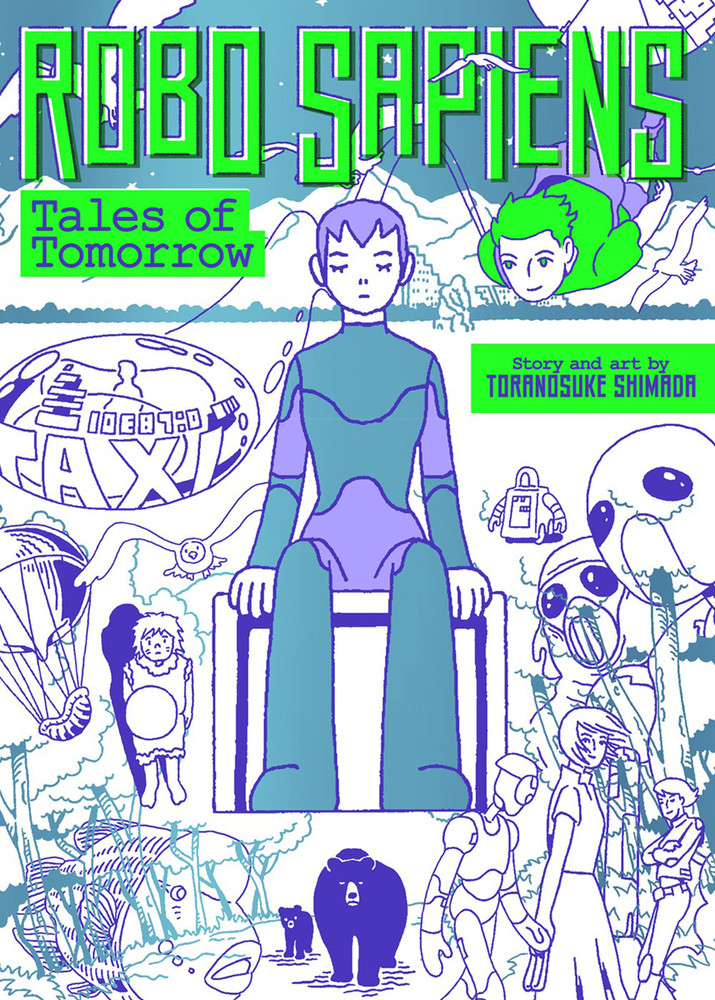 This year’s
This year’s 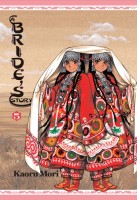
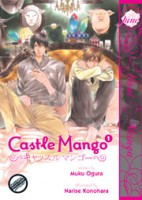
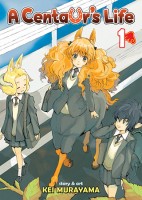
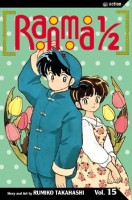
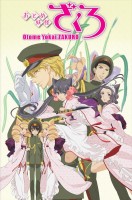



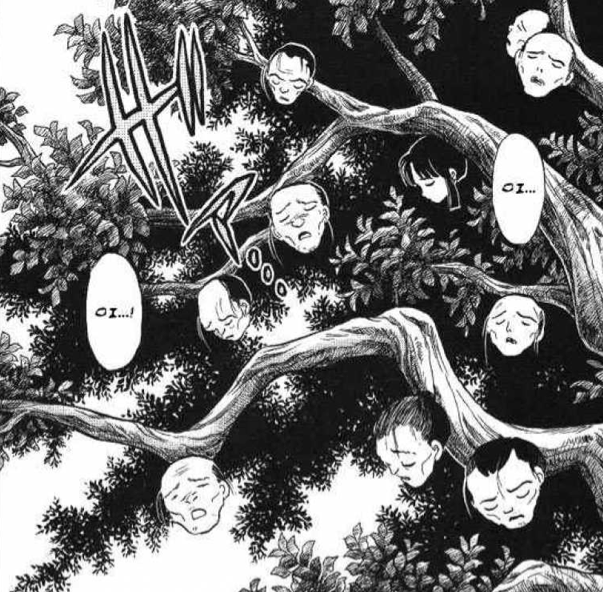










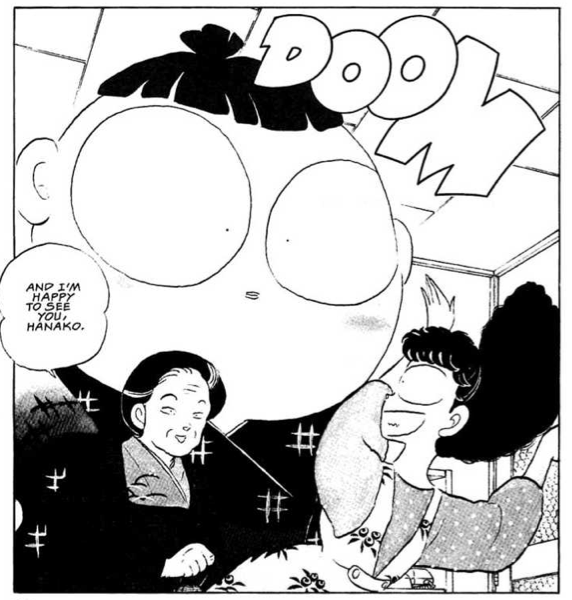
 KATE: If someone asked me, “Which Rumiko Takahashi title should I read first?”, I’d direct them to Mermaid Saga, one of Takahashi’s shortest — and best — series. Mermaid Saga focuses on Yuta, a four-hundred-year-old fisherman on a quest to restore his mortality. Yuta crisscrosses Japan in search of a mermaid who can grant his wish, along the way encountering thieves, murderers, and immortal beings, all of whom seek mermaid flesh for their own purposes.
KATE: If someone asked me, “Which Rumiko Takahashi title should I read first?”, I’d direct them to Mermaid Saga, one of Takahashi’s shortest — and best — series. Mermaid Saga focuses on Yuta, a four-hundred-year-old fisherman on a quest to restore his mortality. Yuta crisscrosses Japan in search of a mermaid who can grant his wish, along the way encountering thieves, murderers, and immortal beings, all of whom seek mermaid flesh for their own purposes.  MICHELLE: If someone asked me the same question, I think my answer would be InuYasha. Despite its sprawl (56 volumes!) and its penchant for repetition, InuYasha is deservedly a shounen classic. When I reviewed
MICHELLE: If someone asked me the same question, I think my answer would be InuYasha. Despite its sprawl (56 volumes!) and its penchant for repetition, InuYasha is deservedly a shounen classic. When I reviewed  MJ: As the least Takahashi-literate of the lot, I’m not sure my recommendation is really the best for a first read, though it’s certainly my favorite. Though I’ve finally begun to catch up on her lengthy catalogue, my heart still belongs to Maison Ikkoku, my own first Takahashi series. I’m a real sucker for grown-up romantic comedy and Maison Ikkoku hits the spot just as perfectly as can be. Warm, funny, and just over-the-top enough to make its rare, quiet moments really ring true, Maison Ikkoku is a veritable buffet of raw humanity, presented with true affection by its immensely skillful author.
MJ: As the least Takahashi-literate of the lot, I’m not sure my recommendation is really the best for a first read, though it’s certainly my favorite. Though I’ve finally begun to catch up on her lengthy catalogue, my heart still belongs to Maison Ikkoku, my own first Takahashi series. I’m a real sucker for grown-up romantic comedy and Maison Ikkoku hits the spot just as perfectly as can be. Warm, funny, and just over-the-top enough to make its rare, quiet moments really ring true, Maison Ikkoku is a veritable buffet of raw humanity, presented with true affection by its immensely skillful author.  DAVID: Would it be perverse of me to pick an out-of-print title as an introduction to Takahashi? Probably, but I hope I can be excused, because Rumic Theater should be in print at all times, possibly in hardcover with informative biographical pieces added. As I noted in
DAVID: Would it be perverse of me to pick an out-of-print title as an introduction to Takahashi? Probably, but I hope I can be excused, because Rumic Theater should be in print at all times, possibly in hardcover with informative biographical pieces added. As I noted in 























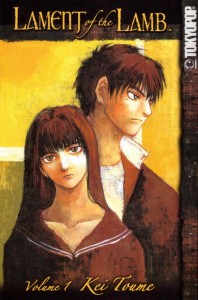
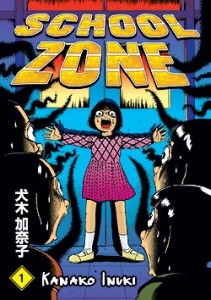


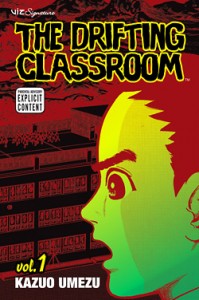
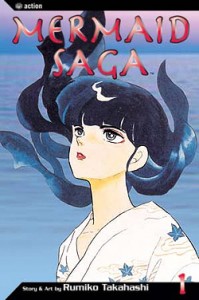
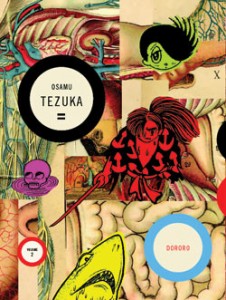
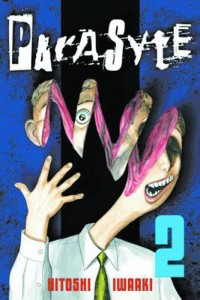

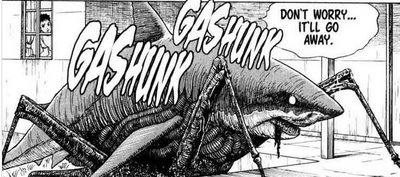
 HAUNTED HOUSE
HAUNTED HOUSE I read a Rumiko Takahashi manga for the same reason I watch an Alfred Hitchcock thriller: I know exactly what I’m going to get. Certain plot elements and motifs recur throughout each artist’s work — Hitchcock loves pairing a brittle blond with a rakish cad on the run from authorities, for example, while Takahashi loves pairing a female “seer” with a demonically-tinged boy — yet the craft with which Hitchcock and Takahashi develop such tropes prevents either artist’s work from feeling stale or repetitive. Takahashi’s latest series gives ample proof that while she may have a limited repertory, she’s the undisputed master of the supernatural mystery.
I read a Rumiko Takahashi manga for the same reason I watch an Alfred Hitchcock thriller: I know exactly what I’m going to get. Certain plot elements and motifs recur throughout each artist’s work — Hitchcock loves pairing a brittle blond with a rakish cad on the run from authorities, for example, while Takahashi loves pairing a female “seer” with a demonically-tinged boy — yet the craft with which Hitchcock and Takahashi develop such tropes prevents either artist’s work from feeling stale or repetitive. Takahashi’s latest series gives ample proof that while she may have a limited repertory, she’s the undisputed master of the supernatural mystery.